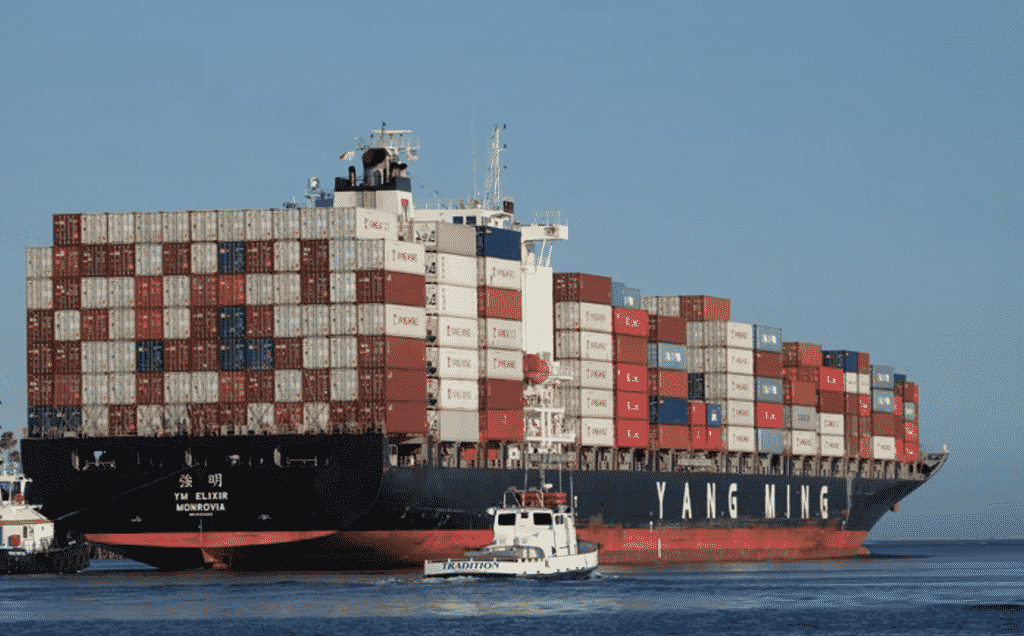Moving from one continent to another can be quite a daunting task. There’s a complete set of rules, regulations and protocols that you need to study before you simply pack up your home and move to Australia.
Whether it’s looking into container fumigation services or finding the perfect shipping company to guide you through the process, it can be quite stressful! If you’re considering a move to Australia, then this article is for you!
What You Should Know When You’re Moving to Australia
One of the sure ways to ensure that your move to Australia isn’t a nightmare, is to do as much research as possible about the different aspects of the process. Having a realistic expectation and knowing how to adhere to the rules will prevent a lot of headaches. For example, when your containers or luggage is checked at customs, you can be sure you kept to the requirements.
Let’s have a look at some of the basic guidelines you should be aware of.
1. What You Can’t Bring with You
If you’ve ever watched the Australian reality series, ‘Border Patrol’, then you’re of well aware of the country’s strict rules about certain items being brought into the country. The reason for this is Australia’s strict biosecurity laws that are in place to prevent contamination of existing crops and plant life.
Some of the items you can’t bring with you are:
- Unidentified seeds, including herbs, spices and plants
- Fresh fruit and vegetables – including the fruits given to you on the plane
- Biological products including some plant-based, herbal medications
- Unprocessed goods which include items with plant and animal origins
- Soiled goods such as shoes or tools that have dirt residue on
- Live animals without the necessary permits
- Prohibited seeds or plants
- Medications without proof of the necessary doctor’s scripts or reference letters
- Certain food types such as cured meats
For a more detailed list of items that aren’t allowed, consult Australia’s Border Force importing guide. If you obtain special permission or permits for anything, keep these documents safe as you’ll be required to produce them upon your own or your goods’ arrival.
A tip from our experts: make a digital copy that you can access on the cloud easily via your mobile device.
2. Important Requirements Regarding Your Personal Items
No matter how big or small your items are, there are a few important criteria to consider before you start packing:
- All goods must be your private property (you should be able to prove this if possible)
- Goods must be sent to Australia for intended use by you and must meet necessary criteria
- Always check that items are suitable for use in Australia – this usually refers to some types of appliances that may have different power plugs
3. Helpful Tips for Cleaning and Preparing Your Items
With Australia’s stringent biosecurity protocols, it’s important to adhere to the rules, such as cleaning that’s required. Preventing pests, diseases and unidentified seeds is crucial to ensure there’s no risk to crops, the vegetation or current animal life.
Some examples of what’s necessary are discussed below.
- Household furniture: All household items should be cleaned, and pet hair and plant debris must be removed.
- Appliances: Kitchen appliances such as fridges, dishwashers, washing machines and vacuum cleaners must be emptied, washed and sanitised.
- Outdoor furniture, tools, ornaments and yard implements: Since these items are usually outside, they have the most exposure to seeds and dirt which can present a problem. Ensure they are steam cleaned, sanitised and even plastic wrapped to prevent additional contamination after cleaning.
- Carpets, bedding & curtains: These types of items must be vacuumed, washed or steam cleaned and wrapped in plastic wrapping.
- Animal products: This includes bedding, grooming products, cages, tanks and any other items associated with your animals. These must also be washed, sanitised and all traces of pet hair and dander must be removed.
- Shoes & sports equipment: All shoes and sporting equipment must be deep cleaned and sanitised. Remember to include the undersides of the shoes. Wrap each pair of shoes in its own plastic wrapping. Sports equipment that might have been used in freshwater, such as fishing gear, should be washed, cleaned and labelled. Be sure to check that there’s nothing in your fish tackle box that’s on the prohibited list.
- Items made from wood: This applies to any items made of wood – furniture, artefacts, musical instruments, jewellery and ornaments. These items will have to be specifically treated with products that meet Australia’s biosecurity standards. Keep proof of these treatments in the boxes or bags where you’re packing the items.
Despite cleaning your items, it might be necessary for additional treatments once the items are ready to place in the container. In this instance, your shipping company will advise you of the process to follow.
Final Thoughts and Tips
Moving to Australia doesn’t have to be a stressful, nightmarish situation. Simply abide by the biosecurity rules and ensure your items are sanitised, correctly packed and labelled and there will be little to no issues.
Last tip: choosing a credible shipping company will also go a long way toward getting everything right the first time around!
Angela Spearman is a journalist at EzineMark who enjoys writing about the latest trending technology and business news.

